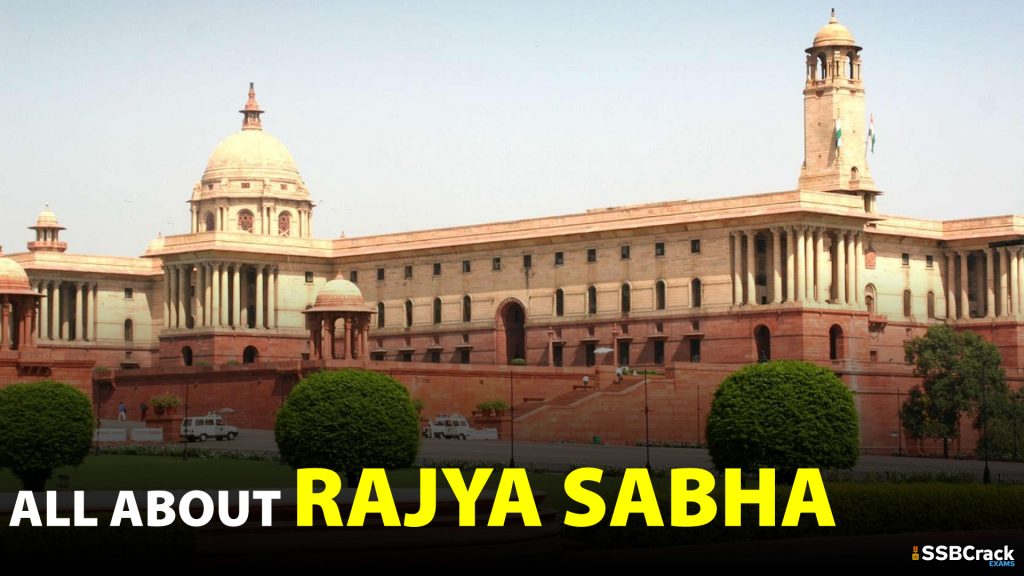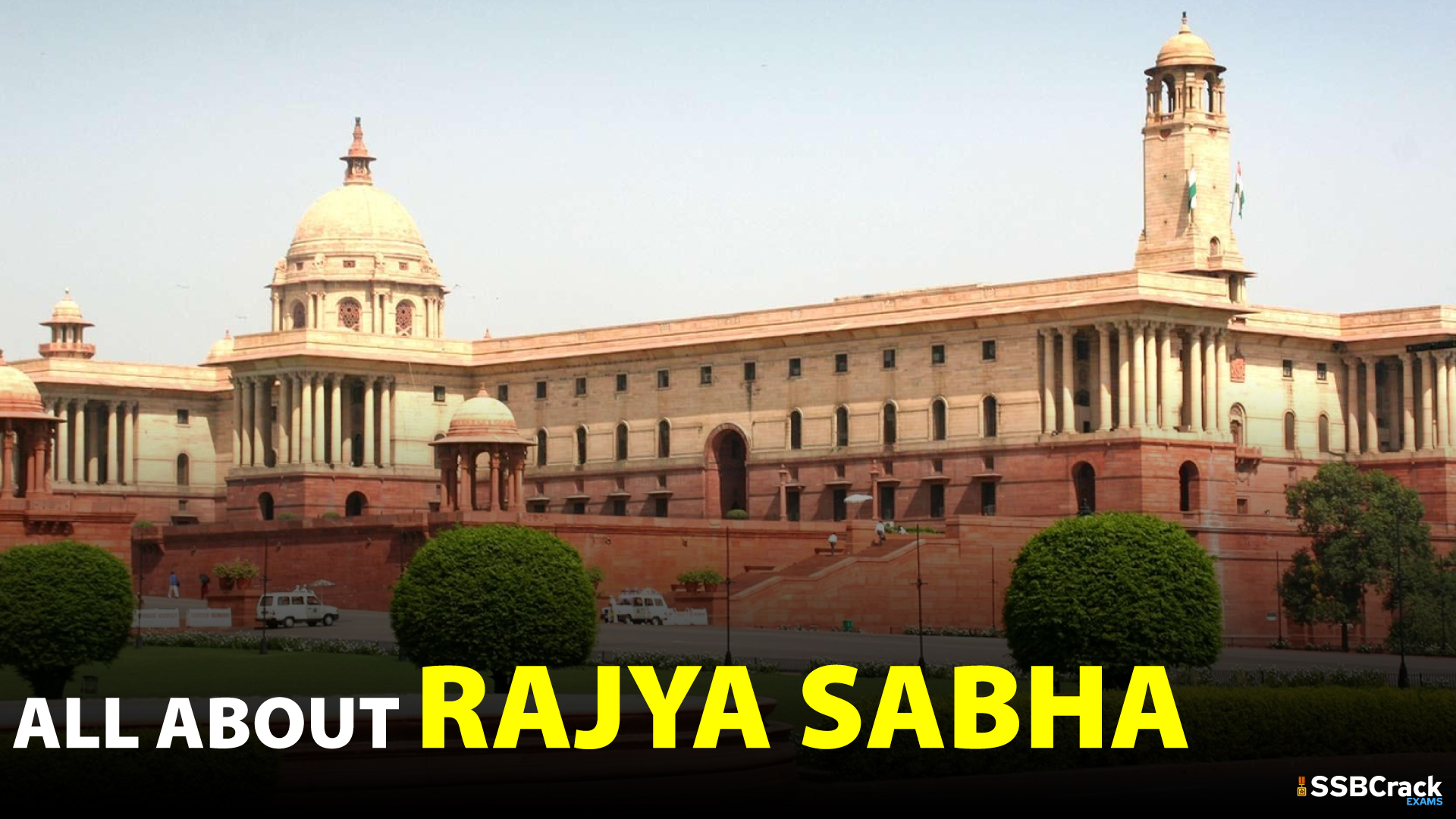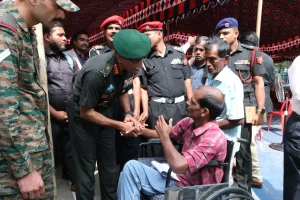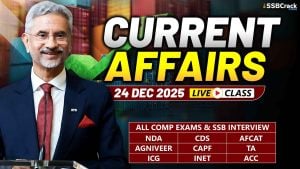Rajya Sabha is India’s two-house legislature’s upper house. The Rajya Sabha was created by the Indian constitution’s architects to serve as a counterbalance to the Lok Sabha, the lower house of the legislature. Rajya Sabha represents the interests of States and Union territories and hence is key to the Indian model of federalism. It has the authority to act in the interest of the states and union territories whenever the centre meddles with its activities. The number of seats allocated to each state and union territory is decided by population, with each state or territory getting a minimum of one seat.

Every two years, one-third of the members of the House of Representatives’ tenure expires. History shows that Rajya Sabha and Lok Sabha majority parties are not always the same. In this article we present to you all you need to know about Rajya Sabha:
Strength
The Rajya Sabha has a maximum strength of 250 members, with 12 members nominated by the President and 238 representing the States and two Union Territories, according to Article 80 of the Constitution. Distinguished individuals with particular expertise in domains like literature, science, art, sports, and social service are nominated by the President. The Constitution’s Fourth Schedule specifies how seats in the Rajya Sabha are distributed among the states and union territories. Right now, there are 245 members in Rajya Sabha, comprising 233 elected from states’ and union territories’ legislatures and 12 nominated by the president of India.
Who can be a Rajya Sabha member?
Article 84 of the Constitution lays down the qualifications for membership of Parliament. A member of the Rajya Sabha must:
- Must be a citizen of India
- Must make and subscribe before some person authorized in that behalf by the Election Commission an oath or affirmation according to the form set out for the purpose in the Third Schedule to the Constitution;
- Must be at least 30 years old.
- Must be elected by the Legislative Assembly of States and Union territories by means of Single transferable vote through Proportional representation.
- Must have their name present on the voters’ list.
- Cannot be a proclaimed criminal.
- Cannot be an insolvent, i.e. he/she should not be in debt that he/she is not capable of repaying in a current manner and should have the ability to meet his/her financial expenses.
- Should not hold any other office of profit under the Government of India.
- Should be of sound mind.
- Must possess such other qualifications as may be prescribed in that behalf by or under any law made by Parliament.
How are the members elected?
The Rajya Sabha elects MPs from the States and Union Territories through an indirect election process. The elected members of the Legislative Assembly of each State and the members of the Electoral College for each Union Territory elect the representatives of each State and two Union territories using the proportional system method and the single transferable vote. The Electoral College for the NCT Of Delhi is made up of members elected to the Delhi Legislative Assembly, whereas the Electoral College for Puducherry is made up of members elected to the Puducherry Legislative Assembly. A candidate must receive the requisite number of votes to win a Rajya Sabha seat. The formula below is used to calculate that number. A total number of votes / (Number of Rajya Sabha seats + 1) + 1, would give the number of votes required to get elected. A member is elected for 6 years.
Chairman and Deputy Chairman
The Rajya Sabha’s Presiding Officers are in charge of overseeing the House’s proceedings. The Vice-President of India serves as Rajya Sabha’s ex-officio Chairman. The Rajya Sabha also elects a Deputy Chairman from among its members. In Rajya Sabha, there is also a Panel of Vice-Chairmen, whose members are appointed by the Rajya Sabha Chairman. In the absence of the Chairman and Deputy Chairman, the House is presided over by a member of the Panel of Vice-Chairmen.
Special Powers of Rajya Sabha
The Constitution grants the Rajya Sabha specific powers as a federal chamber. All legislative subjects and sectors have been separated into three lists: the Union List, the State List, and the Concurrent List. The Union and State Lists are mutually exclusive; neither can legislate on a subject that falls under the jurisdiction of the other. If Rajya Sabha passes a resolution with a majority of not less than two-thirds of members present and voting saying that it is “necessary or expedient in the national interest” for Parliament to make a law on a matter listed in the State List, Parliament becomes empowered to make a law on the subject specified in the resolution, for the whole or any part of the country. A resolution like this has a maximum duration of one year, but it can be extended by one year at a time by passing another resolution like it.
If the Rajya Sabha passes a resolution declaring that it is necessary or expedient in the national interest to create one or more All India Services common to the Union and the States with a majority of not less than two-thirds of the members present and voting, Parliament is empowered to create such services by law.
In the event of a national emergency, a collapse of constitutional mechanisms in a state, or a financial emergency, the President has the authority to issue Proclamations under the Constitution. Every proclamation of this nature must be authorised by both Houses of Parliament within a certain time frame. The Rajya Sabha, on the other hand, has extraordinary powers in this area under specific conditions.If a proclamation is made after the Lok Sabha has been dissolved or within the time permitted for its approval, the proclamation remains in effect if the resolution authorising it is passed by Rajya Sabha within the time required in the Constitution under articles 352, 356, and 360.
Money Bill
Only the Lok Sabha may initiate a Money Bill. It is sent to Rajya Sabha for agreement or recommendation once it has been passed by that House. In the case of such a Bill, the Rajya Sabha’s power is constrained. The Rajya Sabha must return such a Bill to the Lok Sabha within fourteen days of receiving it. If it is not returned to Lok Sabha within that time, the Bill is presumed to have been passed by both Houses in the form in which it was passed by Lok Sabha at the end of the term. Again, Rajya Sabha can only recommend revisions to a Money Bill; Lok Sabha can accept or reject all or any of the proposals offered by Rajya Sabha.
Current Leadership
Rajya Sabha has a key role to play in Indian democracy. As we have seen in this article, Rajya Sabha ensures that the interests of the state are given protection and given adequate weightage in the legislature. Moreover, through the President’s nominees, the legislature is able to tap on the abilities of distinguished individuals working in arts, social service etc. Their insights would otherwise go unutilised. Hence, Rajya Sabha goes far beyond a counterweight against Lok Sabha. It becomes a key feature of Indian federalism and a revisionary house.
Also Read:
- List Of Viceroys In India From 1858 To 1947: Indian Polity Notes For Defence Exams
- List Of Schedules Of Indian Constitution: Indian Polity Notes For Defence Exams
- Fundamental Duties: Indian Polity Notes For Defence Exams
- The President Of India: Indian Polity Notes For Defence Exams
- Directive Principles Of State Policy: Indian Polity Notes For Defence Exams
- 5 Types Of Writs Indian Polity Notes For Defence Exam



















